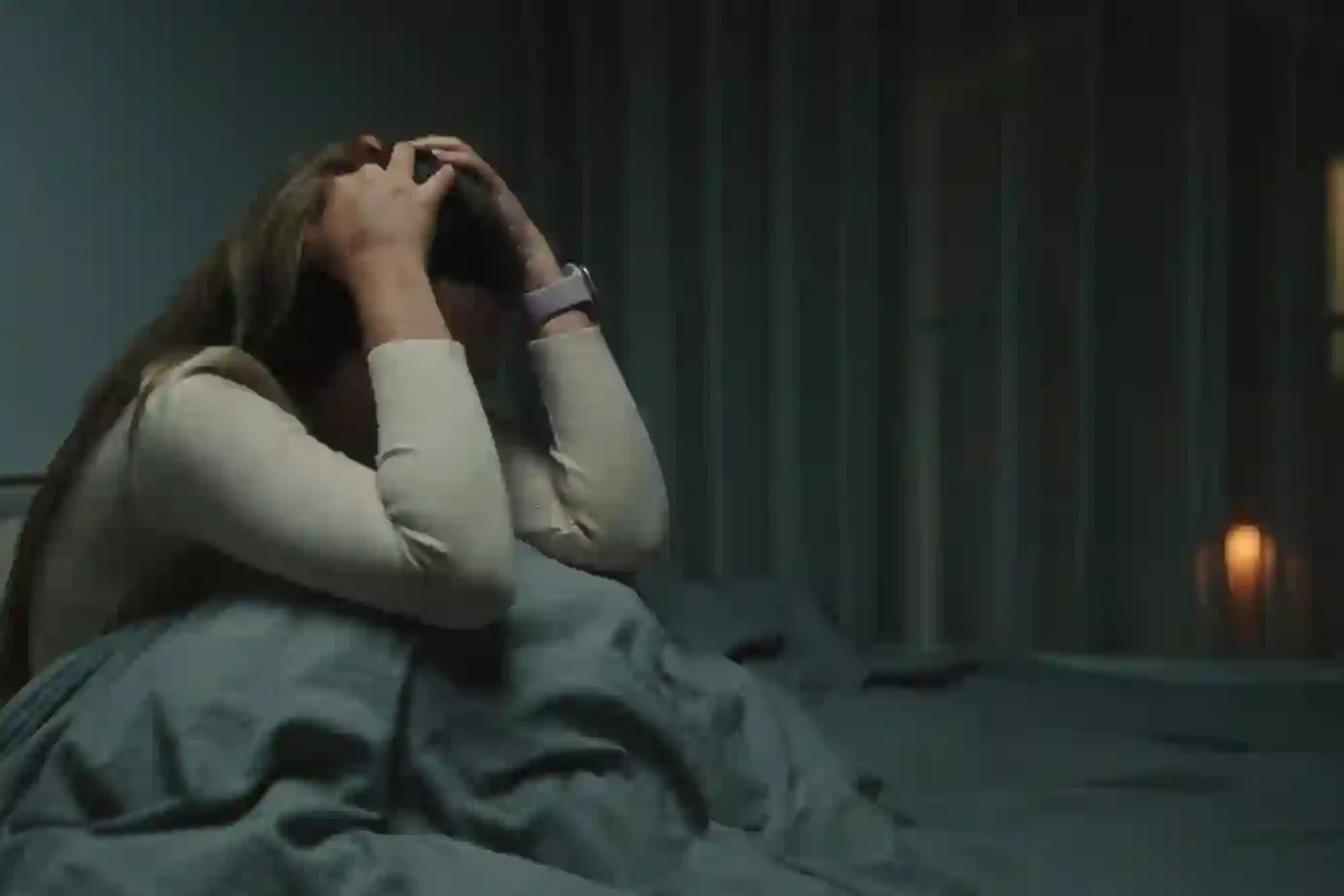Table of Contents
ToggleUnderstand What are the Different Types Of Headaches
At some point or the other, every individual has experienced headaches. For some, it might be short-lived, while for others, headaches may have become a regular part of their existence. According to World Health Organisation (WHO) statistics, almost 50% of the adult population suffers from one or the other form of headache.
According to the International Classification of Headache Disorders, more than 150 headaches are divided into primary and secondary headaches.
Learning about the types of headaches and the location of the pain can help mitigate the effects and also assist in analysing if medical attention is required.
What causes headaches?
Before we delve into headaches, let us first understand the different factors that may trigger headaches. Some of the most common and prominent triggers are:
- Stress
- Bad posture
- Change in sleep patterns
- Poor sleep
- Alcohol in general and red wine in particular
- Food such as processed meat containing nitrates
- Dehydration
- Coronavirus
- Concussion
- Toothache
- Poisoning
- Hangover
- Acute Sinusitis
- Neck cramps
- Brain tumour
- Glaucoma
- Ear infection
- Panic attack
- Anxiety attack
- Stroke
- Overmedication
- Hormonal change
- Loud noise
- Bright lighting
- Skipping of meals
- Chain Smoking
Types of headaches to worry about:
This article will look at the most common types of headaches and learn tips and tricks for better management and when to seek medical attention.
1- Migraine headaches:
Migraine headaches are widespread. Here, a person will have an intense throbbing on one side of the head which can be very painful. In addition, migraines can result in a heightened sensitivity to smell, sound and light and may experience frequent nausea.
Some patients may also develop an aura sensation before the headache begins. Migraines may often be accompanied with:
- Muscle weakness.
- Seeing flickering lights.
- Blurry vision.
- Tingles.
- Difficulty in speaking.
- Sensory and visual disturbances.
2- Cluster Headache:
A cluster headache is one wherein there the headache occurs recurrently. People suffering from recurring headaches often suffer from excruciating pain around one eye or behind one eye.
This headache can appear suddenly out of the blue and last up to three hours. However, it may also last only for about 15 minutes. The cause of cluster headache is still unclear, but you need to seek immediate medical attention if a fever accompanies the headache.
Moreover, cluster headaches are often accompanied by other symptoms such as
- An eyelid that is swollen
- Watery eyes
- An agitated feeling or general restlessness
- Photosensitivity
- Audio Sensitivity
- A runny nose
3- Headache arising out of tension:
Headaches such as these are widespread, and almost every adult has experienced them at some point or the other. Here, the patient will feel a constant dull pain on both sides of his head. The duration of these headaches can last for thirty minutes or even an hour.
Headaches arising out of stress and tension also may present with themselves duration with other symptoms such as
- Light sensitivity
- Sound sensitivity
- Face, head, neck, and shoulders are tender and feel stressed
- Pressurised feeling behind the eyes.
The common triggers of this type of headache are usually stress and anxiety.
4- Headache caused due to exertion:
Unlike the previous headache caused by mental factors, this type of headache is usually caused by intense physical activity. Therefore, the short-lived duration may also last for a couple of days.
Patients will feel a throbbing pain inside their head, and such type of headaches is presently found in people who have a migraine family history. The factors that trigger an exertional headache includes:
- Jumping
- Weight lifting
- Chronic cough
- Constant sneezing
- Running
- Sexual intercourse
If such a headache does not stop and persists for a prolonged period, you must seek medical attention since it might indicate something more serious.
5- A Hypnic Headache:
Hypnic headaches are rare conditions that only appear after crossing 50. It is also known as “alarm clock headaches” since it mainly occurs in the middle of the night and causes the patient to awake from his sweet slumber because of the throbbing pain.
A hypnic headache may occur a couple of times a week and can last for up to 3 hours. However, there are no clearly known triggers, and such headaches are usually harmless.
6- Sinusitis headaches:
Such a headache is prevalent in people suffering from sinusitis. Sinusitis occurs when the sinuses are inflamed either from an allergy or an infection.
Such a headache will be felt on the face, the eyes, the cheeks and the top of the nose bridge. The pain can even spread to the teeth and the jaw on some occasions.
7- Headaches caused by caffeine:
Such headaches are more prominent in those people whose caffeine consumption is above the standard prescribed value. The average defined value for caffeine consumption is 400 mg per day, translating into around 4 cups.
Headache can occur as a symptom of caffeine withdrawal, which can develop twelve to fourteen years post caffeine withdrawal. It may last for about two days, while it may perform for 9-10 days. Headaches are often accompanied by other symptoms such as nausea.
- Nausea
- Mood swings
- Irritation
- Concentration difficulties
- Lethargy
These are the most common types of headaches, and it is essential to understand which category your headache belongs to. The different types of headaches will require medical attention if the pain worsens or persists even after taking over the counter medication such as ibuprofen. Moreover, knowing the types of headaches will also help you reduce the triggers associated with them.
Are you suffering from headaches? Schedule an appointment with Dr Chandril Chugh, who provides headache treatment.
About The Author

This article is medically reviewed by Dr. Chandril Chugh, Board-Certified Neurologist, providing expert insights and reliable health information.
Dr. Chandril Chugh is a U.S.-trained neurologist with over a decade of experience. Known for his compassionate care, he specializes in treating neurological conditions such as migraines, epilepsy, and Parkinson’s disease. Dr. Chugh is highly regarded for his patient-centered approach and dedication to providing personalized care.
→ Book a consultation to discover which remedies suit your needs best.




